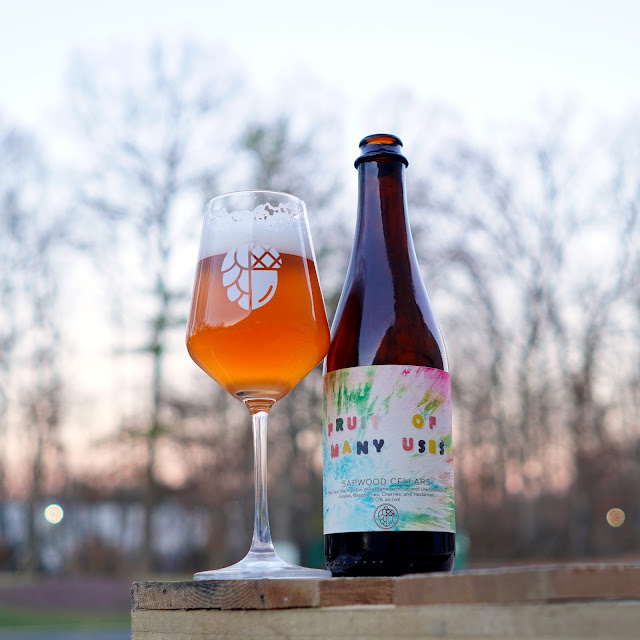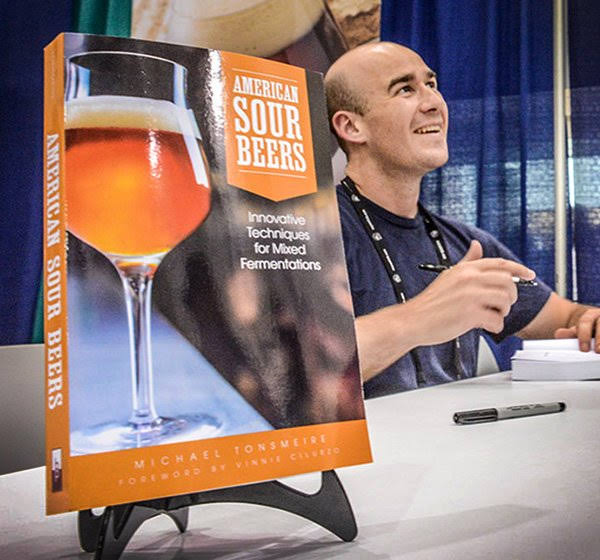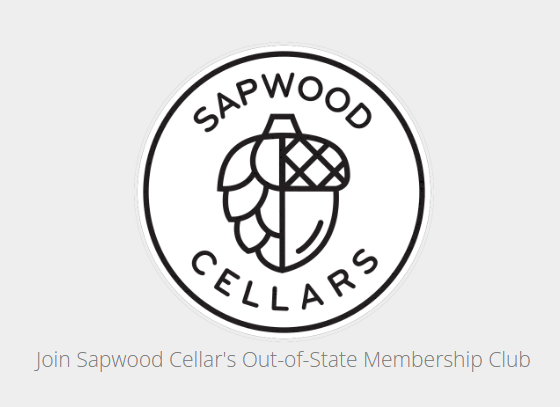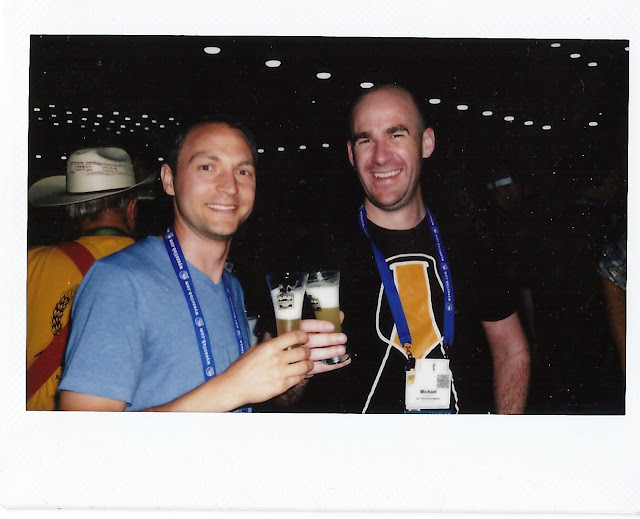 The 2024 financial year was a difficult period for craft beer, but the industry has developed strategies to cope with further challenges.
The 2024 financial year was a difficult period for craft beer, but the industry has developed strategies to cope with further challenges.  The 2024 financial year was a difficult period for craft beer, but the industry has developed strategies to cope with further challenges.
The 2024 financial year was a difficult period for craft beer, but the industry has developed strategies to cope with further challenges.  From Irish stout to hazy pale ales, Beer & Brewer rounds up the best non-alcoholic beers for Dry July.
From Irish stout to hazy pale ales, Beer & Brewer rounds up the best non-alcoholic beers for Dry July. 






















 Kerrie Abba and Johnny Latta have put Nomad Brewing Co up for sale just shy of the Northern Beaches brewery's 10th anniversary.
Kerrie Abba and Johnny Latta have put Nomad Brewing Co up for sale just shy of the Northern Beaches brewery's 10th anniversary.  The Australian trivia company is celebrating its 20th anniversary by partnering with craft brewers for a series of uniquely-flavoured beers.
The Australian trivia company is celebrating its 20th anniversary by partnering with craft brewers for a series of uniquely-flavoured beers. 









 Ahead of Modus Brewing’s 10th anniversary celebration this weekend, we chat with Co-Founder Grant Wearin about his highlights from the past decade.
Ahead of Modus Brewing’s 10th anniversary celebration this weekend, we chat with Co-Founder Grant Wearin about his highlights from the past decade.  Beer & Brewer spoke to breweries about the benefits of patron engagement events and how to host the right events for your brewery or taproom.
Beer & Brewer spoke to breweries about the benefits of patron engagement events and how to host the right events for your brewery or taproom.  A popular Sydney brewery teams up with a clothing brand, a sour highlights native fruit from the Kimberly, and a 20-year anniversary release.
A popular Sydney brewery teams up with a clothing brand, a sour highlights native fruit from the Kimberly, and a 20-year anniversary release.  New low carb lagers and an Australian rollout of a popular non-alcoholic stout hit the shelves and beer taps.
New low carb lagers and an Australian rollout of a popular non-alcoholic stout hit the shelves and beer taps. 



